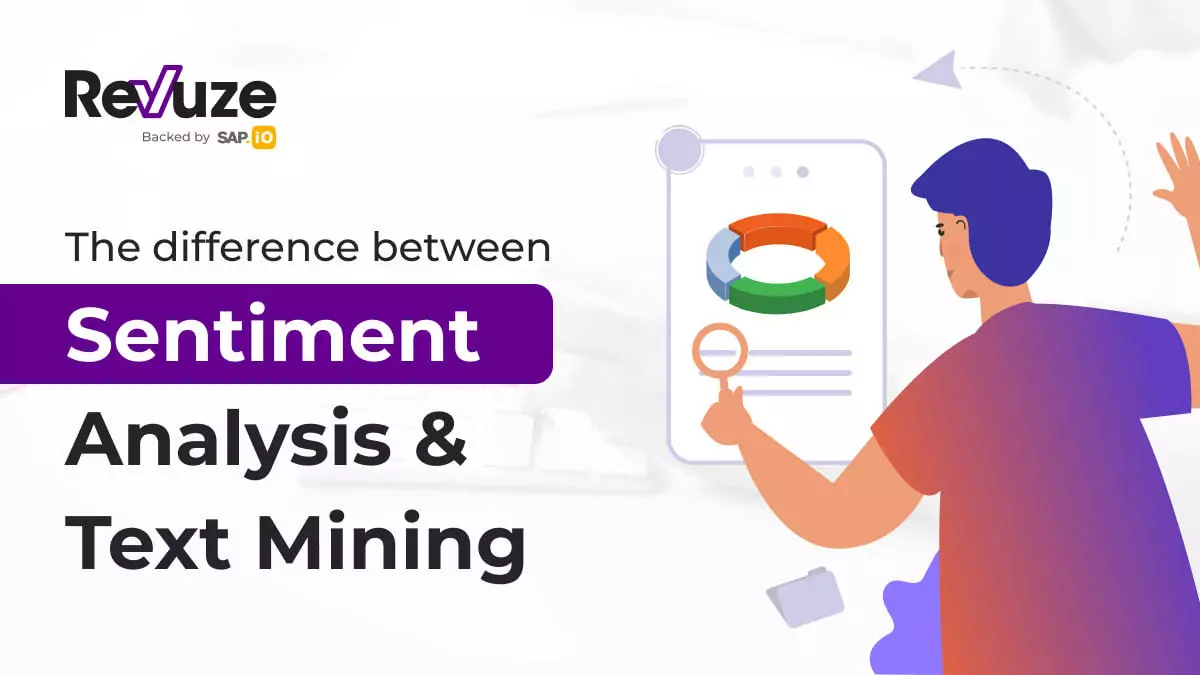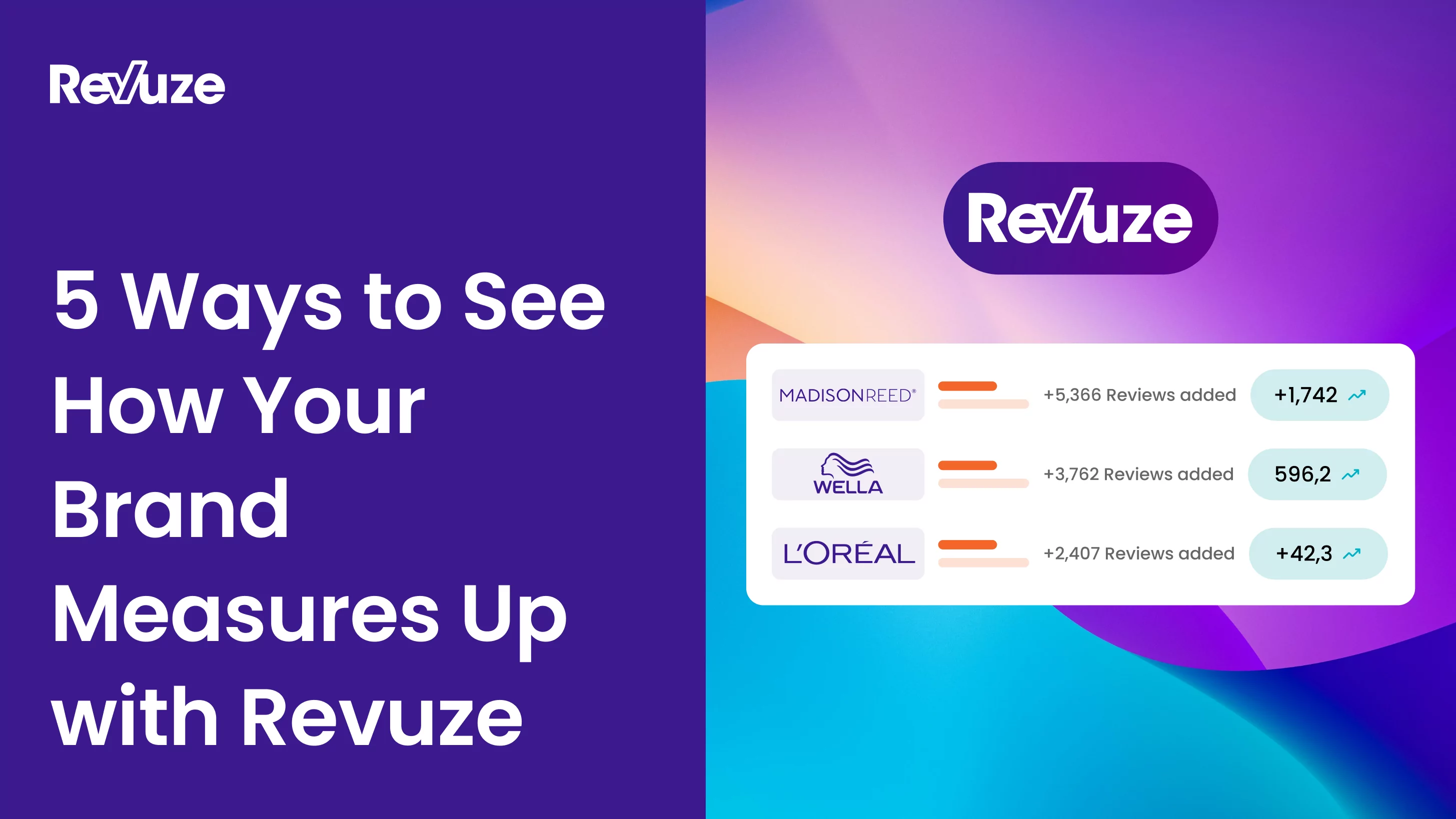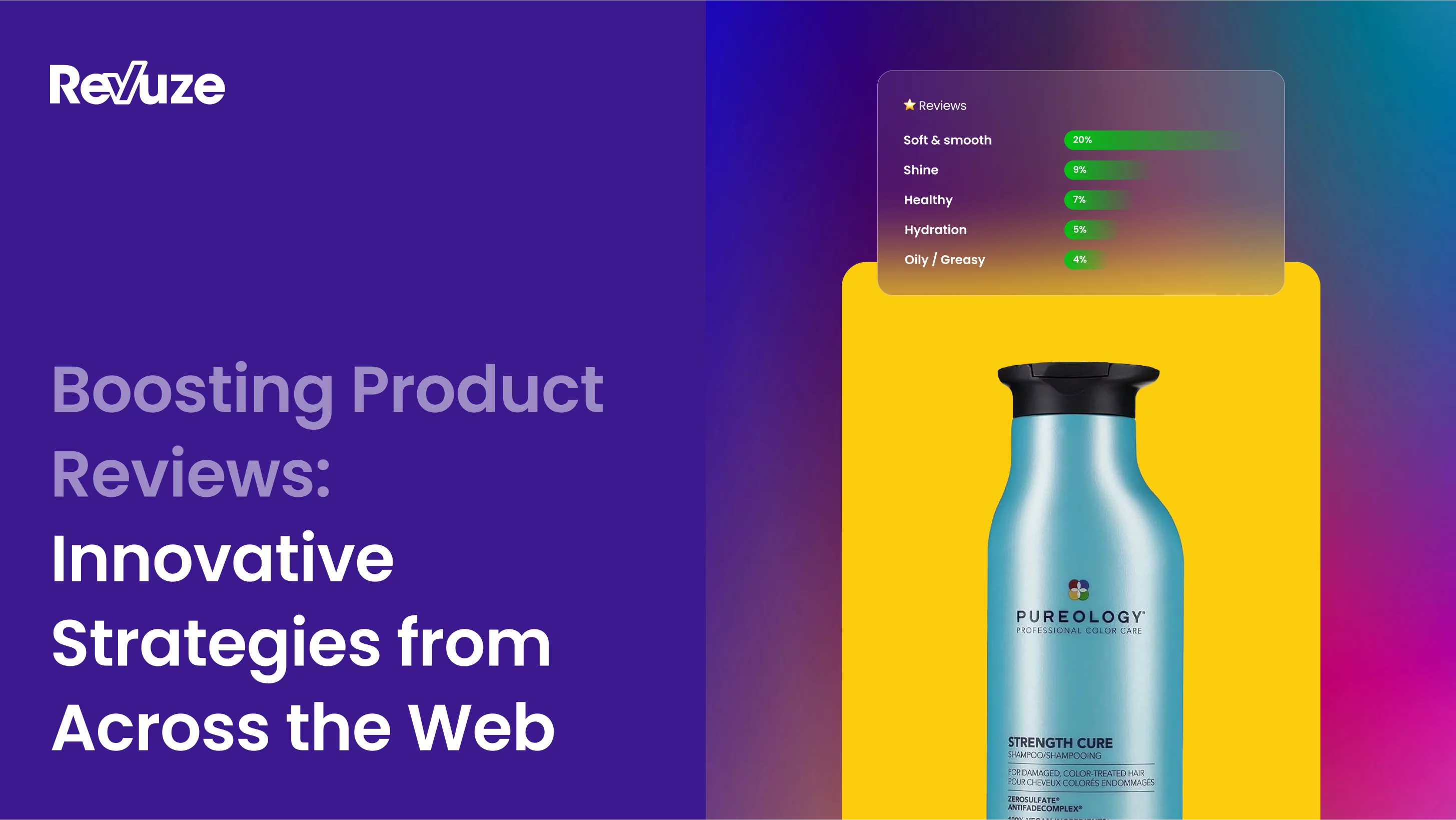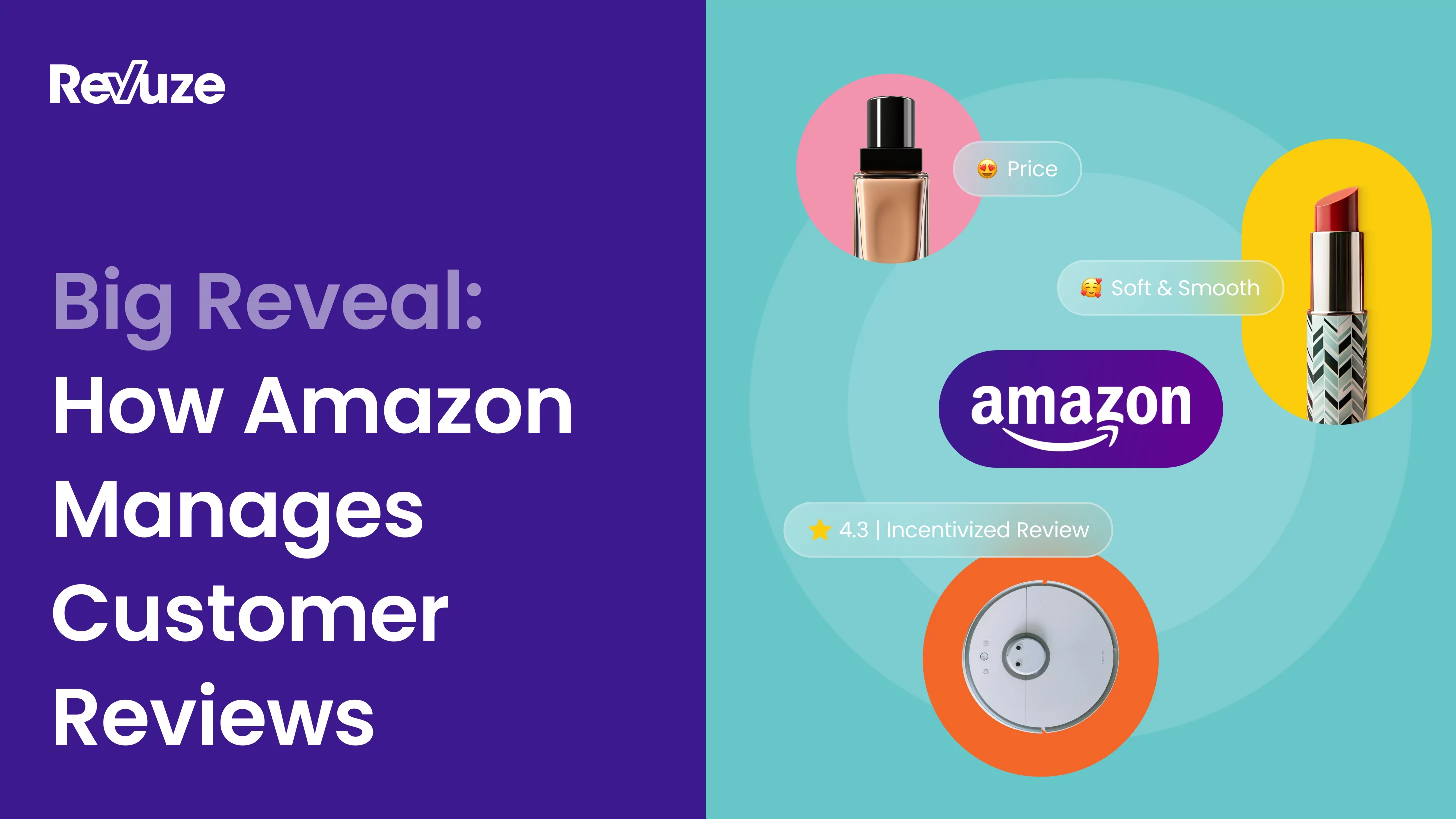
A few years back, data was a vogue word; but things have dramatically changed. We are now in the era of big data; most businesses depend on data for their daily transactions and decision-making.
A Forbes article reports that the amount of data created, captured, and copied in 2020 reached 59 trillion gigabytes; an almost whopping 5,000% departure from the 1.2 gigabytes of 2010. While a large volume of data is created and downloaded daily, it’s important to note that the vast majority of the data we can find online is unstructured.
Data that can be used for business purposes and decision-making must be in a structured format, and this is where the problem lies, as most of the data out there is not structured. Technology is advancing at a very rapid speed and with tools such as text mining and sentiment analysis, the problem of structuring and analyzing large volumes of data is now automated.
Text mining, or text data mining, is the process of transforming unstructured text into a structured format; having 80% of data in the world residing in an unstructured format, text mining enables you to identify meaningful patterns and new insights.
On the other hand, sentiment analysis — or opinion mining — leverages natural language processing (NLP) to classify data or reviews into positive, negative, or neutral sentiments.
While the two processes might appear to be similar, there is a world of difference between them. But first, it’s necessary to understand what data formatting is before exploring the differences between text mining and sentiment analysis.
- Structured data: This is the format that can easily be used by organizations since the standardization into a tabular format with numerous rows and columns that can include names, addresses, and phone numbers allows you to store and analyze with machine learning algorithms.
- Unstructured data: This format is not predefined. You can source unstructured data from social media, product reviews, video and audio files, as well as Q&A forums.
- Semi-structured data: The name depicts that it’s a mix of structured and unstructured data formats. To an extent, it has a level of organization, but it lacks the requirements of a relational database; you still need to do some sorting to qualify it for analysis. XML, JSON, and HTML files come under this format.
The essence of exploiting text mining and sentiment analysis is to make better business decisions. Advanced analytical techniques, such as Naïve Bayes, Support Vector Machines (SVM), and other deep learning algorithms, are enabling organizations to discover hidden relationships and make better sense of their unstructured data.
Text mining vs. text analytics
It’s not uncommon to have people mix up the terms text mining and text analytics. While text mining is extensively used to derive qualitative insights from unstructured text, text analytics is used to provide quantitative results. You can use text mining to understand if a customer is happy with your product through the analysis of reviews and surveys.
To have a deeper insight such as identifying a pattern like a negative spike in customers’ experiences or trends, you use text analytics.
The relationship between web analytics, text mining, and sentiment analysis
Virtually every company or organization has a website today. Customers visit websites to source products and services; they leave large volumes of data on their trail through the visits and actions they perform online. Web analytics enables you to collect, report, and analyze website data.
However, you need to integrate text mining and sentiment analysis to make useful sense out of the data that you gather from your website. Data from most visitors are usually unstructured; text mining will be used to structure the data, while you deploy sentiment analysis to understand the real significance and nuances in the data.
With this, you can determine the success or failure of those goals, have a data-driven strategy and improve the user’s experience.
The differences between text mining and sentiment analysis
Let’s take a look at the main differences between text analytics and sentiment analysis:
| Text mining | Sentiment analysis |
| What it does: Shows what has been written by customers about your product or service; what ideas are commonly linked in the text. It also shows which subjects and topics are most discussed by users and customers. | What it does: Allows you to understand if your customers are reviewing your products or service positively, negatively, or neutrally. You can even go beyond non-text feedback, such as video, audio, and images. When a customer smiles, you can easily understand that the customer is satisfied compared to when a customer frowns. |
| How it can help you: Helps identify early warnings as an indication that your organization is heading into troubled waters or that there is an issue with your product or service. | How it can help you: Negative scores indicate that your customers are on the verge of churning your product or service. |
| How it works: A patented NLP technology processes text-based data just like the human brain, but this is done with proprietary algorithms to identify parts of speech, words, or ideas that are linked, and comprehensively determine patterns and trends in your database. | How it works: The focus is on determining whether words and phrases are positive, negative, or neutral. This is mostly done on a scale of -1 to +1, where -1 is extremely negative and +1 is absolutely positive. |
Popular text mining techniques
A lot of activities go into text mining; these activities are essential for the deduction of useful information from unstructured data. You, however, must begin with text processing for the cleaning and transformation of data into a usable format.
Tokenization, part-of-speech tagging, language identification, chunking, and syntax parsing are necessary steps for proper data formatting before you can embark on the actual analysis. After the completion of text processing, you then proceed with text mining algorithms for veritable insights from your data.
Some common techniques you can use for text mining techniques include:
- Information Extraction (IE)
- Natural Language Processing (NLP)
- Data Mining (DM)
- Information Retrieval (IR)
Information retrieval (IR)
Information retrieval is the automated process that responds to a set of predefined queries or phrases to enable the return of relevant information or documents. IR systems can accomplish this task by using algorithms to track user behaviors and discover any data that is relevant.
Library catalog systems and search engines such as Google make use of information retrieval.
Some tasks you can use IR to execute include:
- Tokenization: Enables you to break down a text that is long-formed into sentences and words called “tokens.” The tokens become the input for other processes such as parsing and text mining.
- Stemming: This is the process of removing the suffixes and prefixes attached to words. The essence is to have only the word stem. It’s very important in NLP. When you do stemming, it improves IR by reducing the size of indexing files.
Natural language processing (NLP)
Natural language processing (NLP) is that branch of artificial intelligence (AI) that gives computers the ability to understand the text and spoken words the way humans do. By combining computational linguistics with statistical, machine learning, and deep learning models, NLP enables computers to use these technologies to process text or voice data with a clear understanding.
Some sub-tasks you can use NLP to do include: summarization, PoS tagging, text categorization, and sentiment analysis.
Information extraction
Information extraction (IE) is an automated process of extracting structured data such as entities, entities relationships, and attributes describing entities from unstructured data, and storing the information in a database. Some sub-tasks of IE include feature selection, feature extraction, and named-entity recognition (NER).
Data mining
When you have big data sets, and you are trying to identify patterns and extract useful insights, you can use data mining. This technique helps you evaluate structured, unstructured data, and semi-structured data to obtain new information.
Sales and marketing professionals can deploy data mining for the analysis of consumer behaviors.
Conclusion
The processes involved in gathering customers’ data, and analyzing their sentiments can be overwhelming, but it is absolutely necessary for any brand that wants to remain competitive and relevant in the global market. Text mining and sentiment analysis must go together for you to improve customer experience, and embarking on this manually will ordinarily take you months.
Revuze has integrated AI into sentiment analysis, which is what you need to actually classify your customers’ sentiments into positive, negative, and neutral. A platform like Revuze can automatically carry out the gathering, collation, identification, and extraction processes of trending discussion topics from any set of unstructured data.
Nowadays, understanding context with exceptionally high precision and delivering actionable business insights is of high essence, and that’s where Revuze comes in.
 All
Articles
All
Articles Email
Analytics
Email
Analytics








 Agencies
Insights
Agencies
Insights